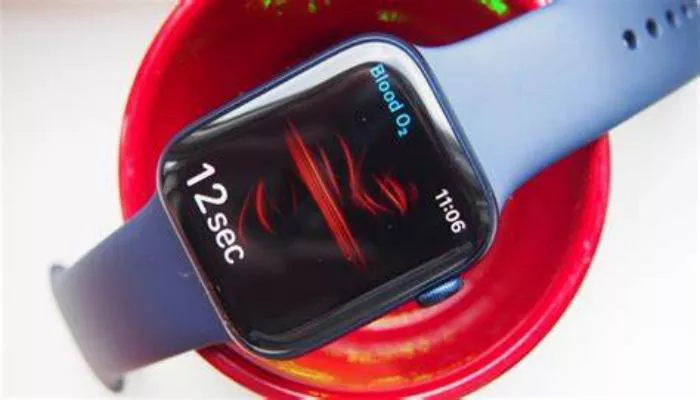For years, Apple Watch users have relied on the Blood Oxygen (SpO2) app to track their oxygen saturation levels. However, a recent U.S. ban has disrupted access to this feature on certain models. Here’s what you need to know about the app, the ongoing legal dispute, and how to use it if available.
Why Is the Blood Oxygen App Banned in the U.S.?
A patent dispute between Apple and health tech company Masimo has led to the removal of the Blood Oxygen app from the Apple Watch Series 9, Series 10, and Ultra 2 sold in the U.S. The ban, enforced since January 18, 2024, stems from allegations that Apple’s SpO2 sensor infringes on Masimo’s technology.
Devices purchased before the ban—or those sold outside the U.S.—remain unaffected. Older models, including the Series 6, 7, and 8, also retain the feature. While Apple is appealing the decision, no resolution has been reached as of now.
What Does the Blood Oxygen App Do?
The app measures oxygen saturation (SpO2), indicating how well oxygen is being carried through your bloodstream. Though Apple clarifies it’s not for medical diagnosis, the data can help users monitor potential respiratory issues like sleep apnea, asthma, or pneumonia. Athletes also use it to track performance at high altitudes.
Which Apple Watch Models Support the Blood Oxygen App?
The feature debuted with the Apple Watch Series 6 in 2020 and is available on:
- Apple Watch Series 6, 7, 8
- Apple Watch Ultra (1st gen)
- Apple Watch Series 9 & 10*
- Apple Watch Ultra 2*
(Only outside the U.S. or purchased before the ban)
Note: The Apple Watch SE (2022) and older models do not support SpO2 tracking.
How to Set Up the Blood Oxygen App
- Ensure your Apple Watch and iPhone are updated to the latest software.
- Open the Health app on your iPhone and follow the setup prompt.
- Alternatively, find the Blood Oxygen app in your Apple Watch’s app list and complete the setup.
How to Take a Blood Oxygen Reading
- Open the Blood Oxygen app on your Apple Watch.
- Tap Start and keep your arm steady for 15 seconds.
- View results on your watch or in the Health app under Vitals.
Tips for Accurate Readings
- Wear the watch snugly but comfortably.
- Rest your arm on a flat surface, palm down.
- Stay still—movement can affect accuracy.
- Avoid taking readings after exercise or when your heart rate is elevated.
How to View Your SpO2 Data
On iPhone: Open the Health app → Browse → Vitals → Blood Oxygen to see trends.
On Apple Watch: Check the Vitals app for overnight readings.
The Future of the Blood Oxygen App
While the feature remains disabled on newer U.S. models, Apple could reinstate it if the legal dispute resolves. For now, users outside the U.S. or with older devices can continue using it as normal.
For those affected by the ban, third-party pulse oximeters or alternative wearables may serve as temporary alternatives. Stay tuned for updates as Apple’s appeal progresses.


